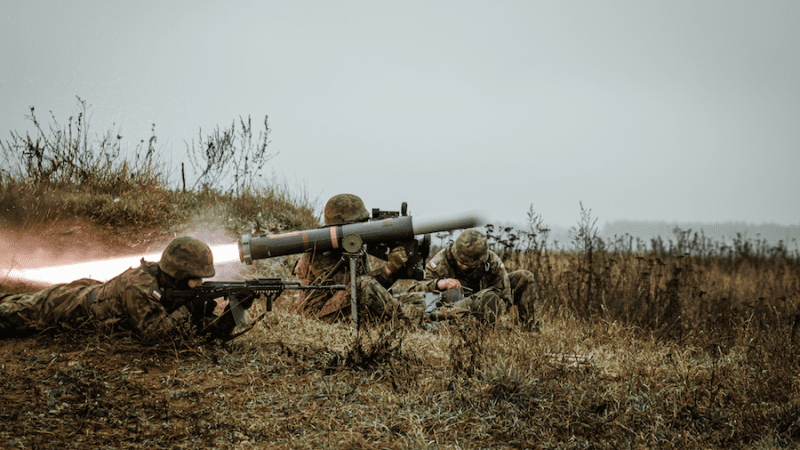Polish Armed Forces to Procure Spike ATGM [EXCLUSIVE]

The Armament Agency is currently involved in a negotiation on the procurement of extra Spike ATGM launchers for the Polish Armed Forces. This would result in a major reinforcement of the anti-tank capabilities in the Polish Armed Forces.
A spokesperson for the Agency, Lt. Col. Grzegorz Polak, told us that a procurement procedure regarding the delivery of Spike-LR ATGMs has been launched in May. He added that this year, a procurement procedure is to be launched, that would be finalized by signing an agreement on portable Spike-LR/LR2 launchers.
The above means that the Polish military would obtain a lot more anti-tank assets - that are the latest weapons of the type used by the Army, and that are also license-manufactured domestically, at the PGZ Group's Mesko S.A. company.
Up until now, the Polish Armed Forces took delivery of two lots of Spike-LR ATGMs - the first one (2675 missiles plus 264 portable launch units) was received between 2004 and 2013, while the second one (1000 missiles) was delivered between 2018 and 2021. The deliveries were completed within the framework of an agreement signed in 2015, with a value of PLN 600 million.
Read more
The responses that we received from the spokesman of the Armament Agency suggest that not only has the missile procurement been launched already, but the acquisition of further portable launchers is also being planned. This is important, as currently the Polish Army only has the launchers procured back in 2004 (first lot) at its disposal. The air-mobile units have a large number of launchers at their disposal. Nonetheless, there is a relatively low number of Spike launchers available to the mechanized and motorized brigades. The Land Forces are the key user of the Spike missiles in the Polish Armed Forces. Meanwhile, the US-made Javelin ATGM is primarily used by the Territorial Defence component.
This year, the first Rosomak APCs fitted with the ZSSW-30 turrets coupled with Spike-LR launchers should be received by the Polish Armed Forces. In the future, these turrets, offering the capability to launch the Spike ATGM, would also be installed on the new Borsuk infantry fighting vehicles.
The acquisition of portable CLUs is relevant, as the deliveries of vehicles integrated with the turrets may be time-consuming. The procurement described here may allow for extra reinforcement of the anti-tank capabilities. Furthermore, the portable and self-propelled launch units are complementary. Both types are used in tactical conditions that are a bit different. Finally, replenishment of the Spike ATGM stockpile is necessary, given the plans aimed at increasing the number of launchers, and considering the lessons learned associated with the full-scale war in Ukraine. Simplifying them to a statement would take on the following form: you never have too many modern, lethal anti-tank weapons at hand.
The Spike-LR ATGM can neutralize targets at a distance of up to 4 kilometers. They are guided via an optical-fiber connection coupled with a TV/thermal imaging camera. Thanks to the above, it is possible to attack targets that remain outside the line of sight of the operator (hiding behind terrain) or to adjust the trajectory post-launch. Fire-and-forget operation is also possible. Armament as such may be even more lethal if used in sync with reconnaissance UAVs.
Rafael also offers a new variant. Spike-LR2 has an extended range of 5.5 kilometers, a modernized guidance system, and offers better armour-penetration performance. At the same time, the new missile offers complete backward compatibility with the existing Spike-LR launchers. Spike-LR/LR2 missiles are operated by numerous European NATO member states, including Germany (as MELLS), the Czech Republic, Slovakia, Slovenia, Hungary, Lithuania, Latvia, Estonia, the Netherlands, and Finland.




